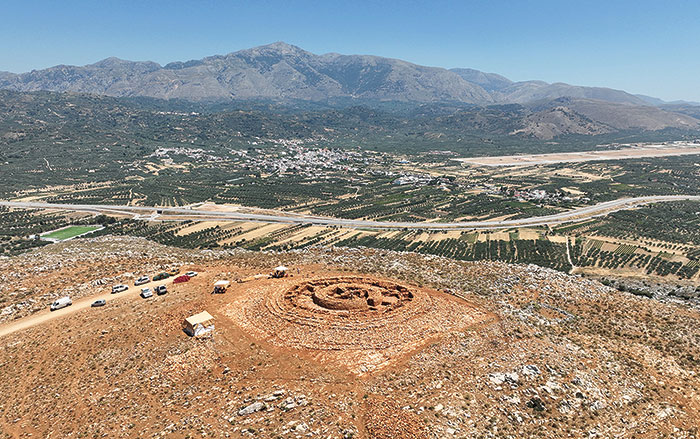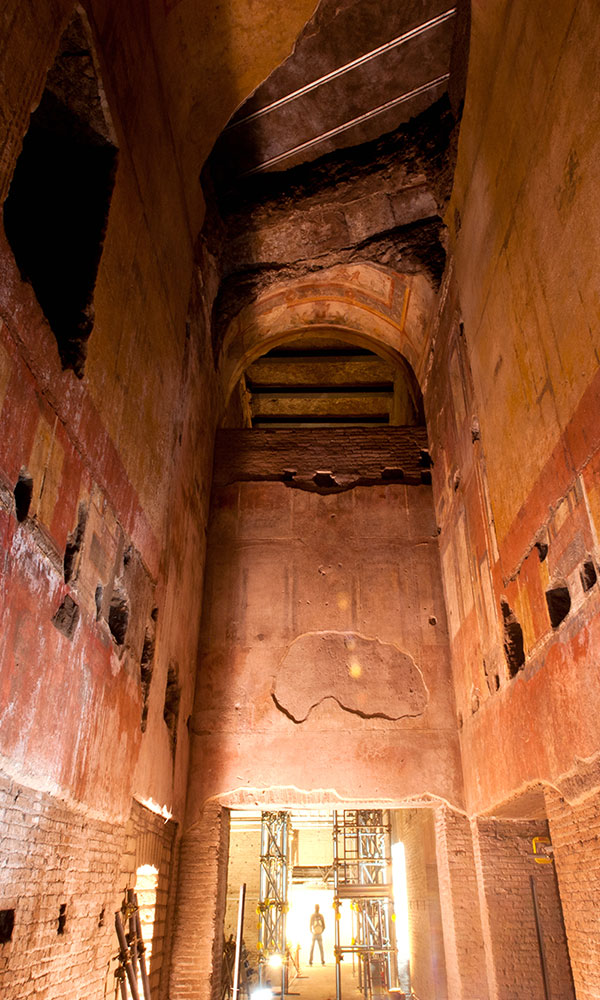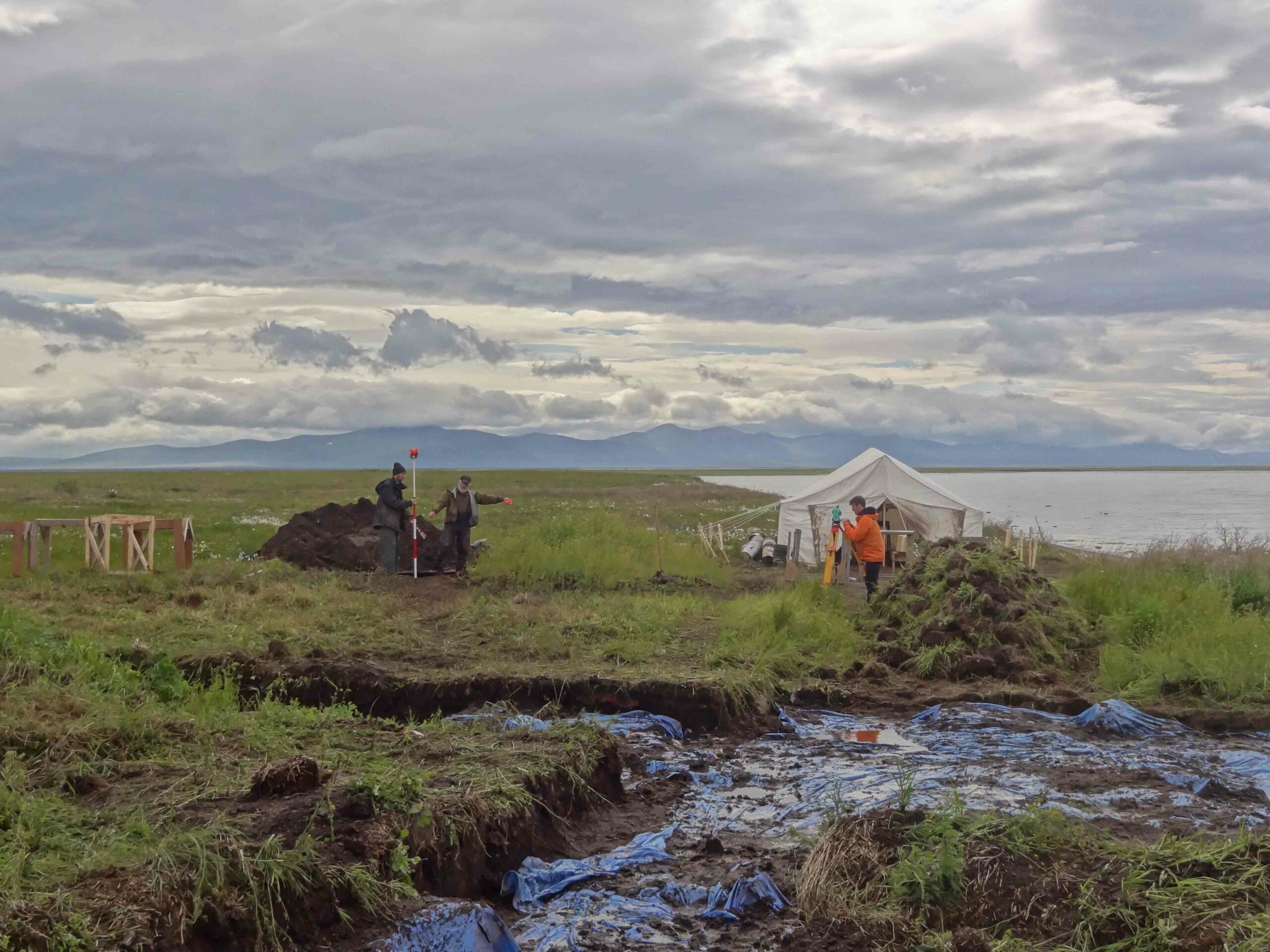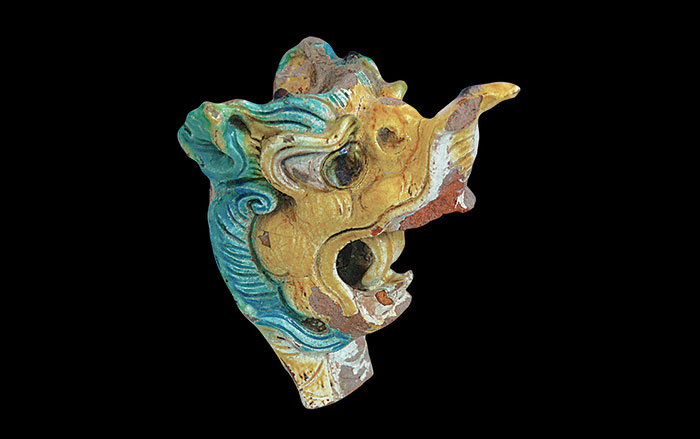
BALTIMORE, MARYLAND—Johns Hopkins University has released Mysteries of the Kylix, a film that follows 13 undergraduate students who worked with a conservator and two potters to recreate the red-figure pottery drinking bowls crafted by Greek artisans between the sixth and fourth centuries B.C. The students practiced throwing pots, decorated them with images and slip, and fired the clay in a kiln that they constructed. They then examined their pottery under a portable x-ray fluorescence instrument. “The idea is to be thoughtful at every stage. To look at clay, make shapes, to choose images and paint, to go through the fire and kiln process, and to consider the final product. This leads to a deeper understanding of both the art and the object, because when you go through the process, you get a visceral sense of how things got there,” Sanchita Balachandran, curator/conservator of the Johns Hopkins University Archaeological Museum, said in a press release. To read more about experimental archaeology, go to "The Neolithic Toolkit."











